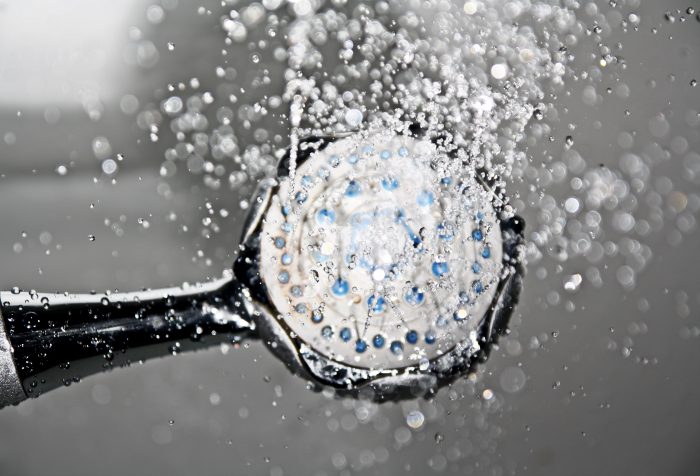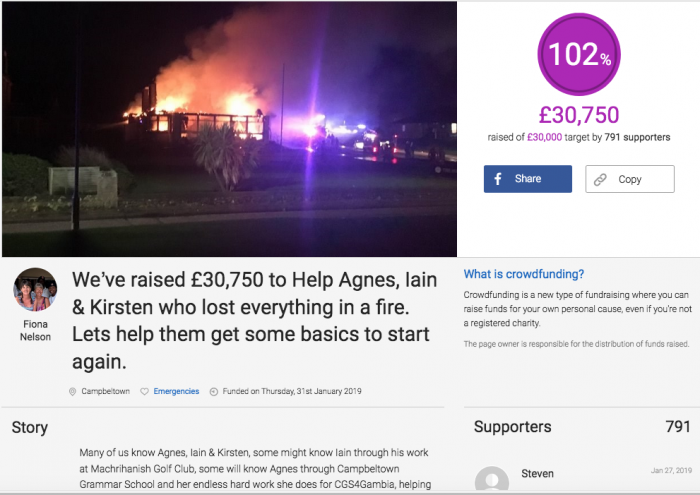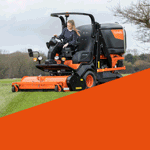Mitigating health and safety risks in golf clubs
Three of the biggest risks to your customers and employees, and ultimately you, come via legionella, electrical equipment and fire hazards. There are, though, suitable measures that clubs can put in place to minimise the risk of all three, provided qualified personnel carry out the appropriate risk assessments.
While cases of Legionnaires’ disease in golf clubs are, thankfully, rare, when they do occur they are incredibly serious for both the club as well as whoever has contracted the disease.
For example, a Scottish golf club was fined a six figure amount for failing to put in place adequate controls to prevent Legionnaires’ disease after guests used a hot tub in one of its lodges – resulting in one of them, sadly, dying just days later.
Environmental health officers visited the club and detected the presence of the legionella bacteria in showerheads in two bedrooms and in the hot tub. An investigation found that no suitable risk assessment had been carried out in relation to water systems at the resort.
According to the Health and Safety Executive (HSE), golf clubs must carry out a risk assessment in order to take the right precautions to reduce the risks of exposure to legionella. “You may be competent to carry out the assessment yourself but, if not, you should call on help and advice from either within your own organisation or from outside sources, for example, consultancies,” said a spokesman.

The assessor needs to understand the club’s water systems, the equipment associated with the system such as pumps, heat exchangers, showers and so on, and its constituent parts. They must identify whether they are likely to create a risk from exposure to legionella, and whether:
- the water temperature in all or some parts of the system is between 20 and 45 °C
- water is stored or re-circulated as part of the system
- there are sources of nutrients such as rust, sludge, scale, organic matter and biofilms
- the conditions are likely to encourage bacteria to multiply
- it is possible for water droplets to be produced and, if so, whether they can be dispersed over a wide area, such as showers and aerosols from cooling towers
- it is likely that any employees, members or visitors are more susceptible to infection due to age, illness, a weakened immune system and so on, and whether they could be exposed to any contaminated water droplets.
The risk assessment should include:
- management responsibilities, including the name of the competent person and a description of the system
- competence and training of key personnel
- any identified potential risk sources
- any means of preventing the risk or controls in place to control risks
- monitoring, inspection and maintenance procedures
- records of the monitoring results and inspection and checks carried out
- arrangements to review the risk assessment regularly, particularly when there is reason to suspect it is no longer valid.
An assessor should first consider whether the club can prevent the risk of legionella by looking by, for example, identifying whether it is possible to replace a wet cooling tower with a dry air-cooled system. It is essential to design, maintain and operate the water services under conditions that prevent or adequately control the growth and multiplication of legionella.
The club must, for example, ensure that the release of water spray is properly controlled, avoid water temperatures and conditions that favour the growth of legionella and other micro-organisms, ensure water cannot stagnate anywhere in the system by keeping pipe lengths as short as possible or removing redundant pipework and treat water to control the growth of legionella.
If the assessor identifies a risk that the golf club is unable to prevent, it must introduce a course of action such as a written control scheme which will help manage risks by implementing effective control measures. All findings must also be recorded.
Electrical safety
A second major safety issue in the golf club is electricity, which can kill or severely injure people and cause damage to property. At the end of last year two golf clubs were fined a total of nearly £25,000, both under the Health and Safety at Work Act 1974, for failing to ensure the health, safety and welfare at work of employees who had suffered burns.
The main hazards of working with electricity are electric shock and burns from contact with live parts, injury from exposure to arcing, fire from faulty electrical equipment or installations and explosion caused by unsuitable electrical apparatus or static electricity igniting flammable vapours or dusts.
Golf clubs must ensure an assessment has been made of any electrical hazards, which covers who could be harmed by them, how the level of risk has been established and the precautions taken to control that risk.
The risk assessment should take into consideration the type of electrical equipment used, the way in which it is used and the environment that it is used in.
Fuses, circuit-breakers and other devices must be correctly rated for the circuit they protect. Isolators and fuse-box cases should be kept closed and, if possible, locked. Cables, plugs, sockets and fittings must be robust enough and adequately protected for the working environment. Machinery must have an accessible switch or isolator to cut off the power quickly in an emergency. Electrical equipment and installations must also be maintained to prevent danger.
“Make arrangements for inspecting and testing fixed wiring installations, that is the circuits from the meter and consumer unit supplying light switches, sockets, wired-in equipment, to be carried out regularly so there is little chance of deterioration leading to danger. This work should be carried out by a competent person,” explained the HSE spokesman. “That is someone who has the suitable training, skill and knowledge for the task to be undertaken to prevent injury to themselves and others.
“A successfully completed electrical apprenticeship, with some post-apprenticeship experience, is one way of demonstrating technical competence for general electrical work. More specialised work, such as maintenance of high-voltage switchgear or control system modification, is almost certainly likely to require additional training and experience.”
Fire safety
Fires in golf clubs are depressingly common and, in many cases, unavoidable. In the last few months, for instance, Glasgow Golf Club saw 75 per cent of its clubhouse damaged, and Machrihanish Golf Club’s clubhouse was destroyed, in two devastating fires.
As nobody was hurt in either fire they are useful reminders of the importance of carrying out risk assessments, which both clubs had done.

“Throughout the UK the person typically responsible for fire safety in commercial premises is the owner / employer, but it can be anyone with some control over the premises,” said a spokesman for the Fire Industry Association. “Penalties for breaches of fire safety legislation can include heavy fines or imprisonment. Therefore, the person responsible for fire safety must manage a variety of tasks including fire risk assessments, general fire precautions such as fire detection, alarm systems and fire equipment, fire safety policy and procedures, and arranging for suitable means of escape including signs, notices and emergency lighting.
“Ultimately, the ‘responsible person’ should make sure that all fire safety equipment is properly maintained and that staff have had fire training (fire drills and evacuations). The ‘responsible person’ may appoint others to undertake these duties but they remain legally responsible. The fundamental starting point to managing the fire safety of premises is the fire risk assessment and there are five key steps that should be followed:
- Identify fire hazards
- Identify people at risk
- Evaluate and remove hazards
- Record, plan, inform, instruct and train – record major findings and actions taken
- Review the fire risk assessment regularly and change where necessary.
The risk assessment should identify the range of protective measures appropriate to the premises and its usage.
More information about how to control the risks of Legionnaires’ disease, electrical faults and fires can be found via the Health and Safety Executive’s website www.hse.gov.uk. A company that specialises in all three risks in golf clubs is KT Facilities Management: www.ktfml.co.uk















An interesting read. Here’s another article I found recently which may also be of interest – Legionella risk assessments for Hospitality & Leisure – Part 1 – REDACTED